A history of Grand Seiko in ten chapters. Vol.5 The legendary mechanical movement is re-invented
RE-INVENTION The next generation of Grand Seiko mechanical movements arrives
As soon as it was released in 1993, the Grand Seiko 9F quartz movement was lauded as being the ultimate quartz watch and as such, entirely worthy of the Grand Seiko tradition. With this mission accomplished, in the early 1990’s the Grand Seiko team turned its attention to the mechanical calibers. The positive response given to a slim mechanical model called U.T.D. (Ultra Thin Dress), in commemoration of Seiko's 110th anniversary in 1991, had given the team great encouragement as did the continuing success of Seiko’s mid range mechanical calibers. The time was right to use the company’s ever increasing technological skills to create a new generation of Grand Seiko mechanical calibers.
The 52-series used successfully in King Seiko in the 1970’s was selected as the base for the movement. With a 28,800 bph, 8-beat movement, featuring a calendar and thickness of just 3.9mm, it was a high performance movement that had received chronometer certification from the Japan Chronometer Inspection Institution.
Leveraging the latest, much more advanced manufacturing technology, the new movement, named Caliber 4S35, was completed in 1992.
The success of Caliber 4S series motivated the Grand Seiko team to develop a caliber for a precision timepiece that went beyond the accepted global standard. In order to achieve this lofty goal however, the team realized that a totally new movement had to be designed.
RE-INVENTION The next generation of Grand Seiko mechanical movements arrives
As soon as it was released in 1993, the Grand Seiko 9F quartz movement was lauded as being the ultimate quartz watch and as such, entirely worthy of the Grand Seiko tradition. With this mission accomplished, in the early 1990’s the Grand Seiko team turned its attention to the mechanical calibers. The positive response given to a slim mechanical model called U.T.D. (Ultra Thin Dress), in commemoration of Seiko's 110th anniversary in 1991, had given the team great encouragement as did the continuing success of Seiko’s mid range mechanical calibers. The time was right to use the company’s ever increasing technological skills to create a new generation of Grand Seiko mechanical calibers.
The 52-series used successfully in King Seiko in the 1970’s was selected as the base for the movement. With a 28,800 bph, 8-beat movement, featuring a calendar and thickness of just 3.9mm, it was a high performance movement that had received chronometer certification from the Japan Chronometer Inspection Institution.
Leveraging the latest, much more advanced manufacturing technology, the new movement, named Caliber 4S35, was completed in 1992.
The success of Caliber 4S series motivated the Grand Seiko team to develop a caliber for a precision timepiece that went beyond the accepted global standard. In order to achieve this lofty goal however, the team realized that a totally new movement had to be designed.
Read More
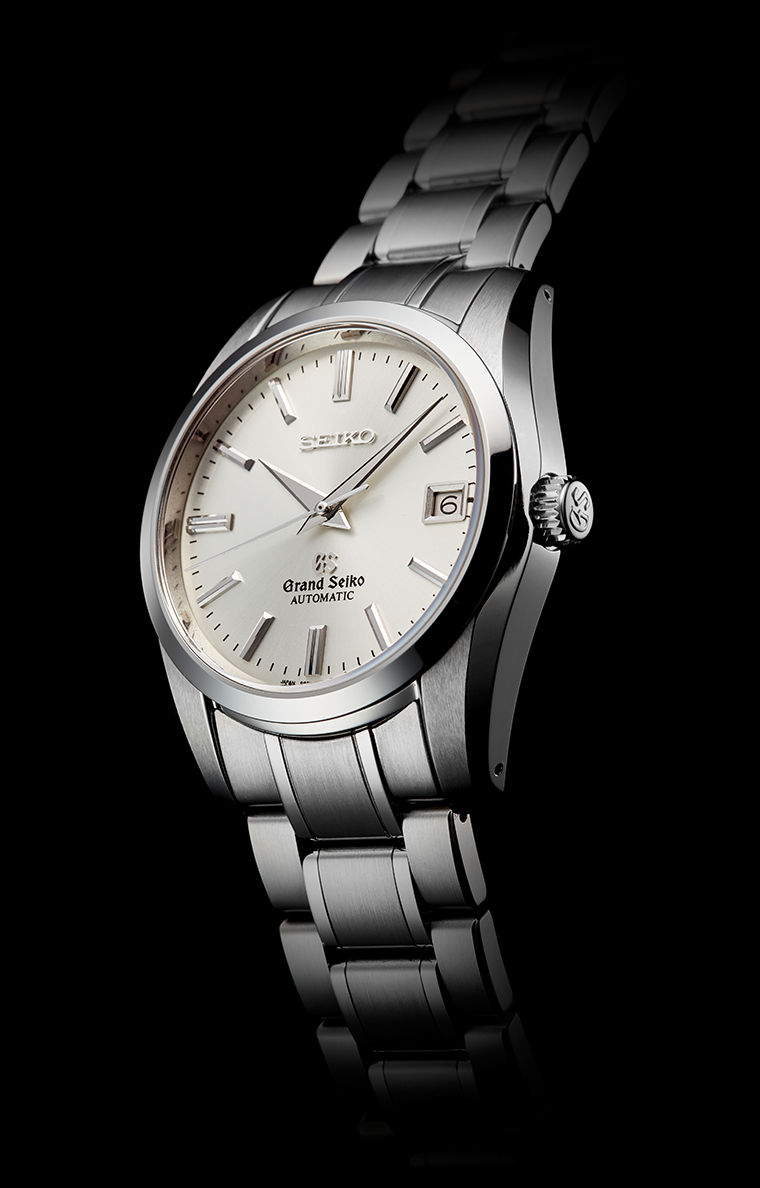
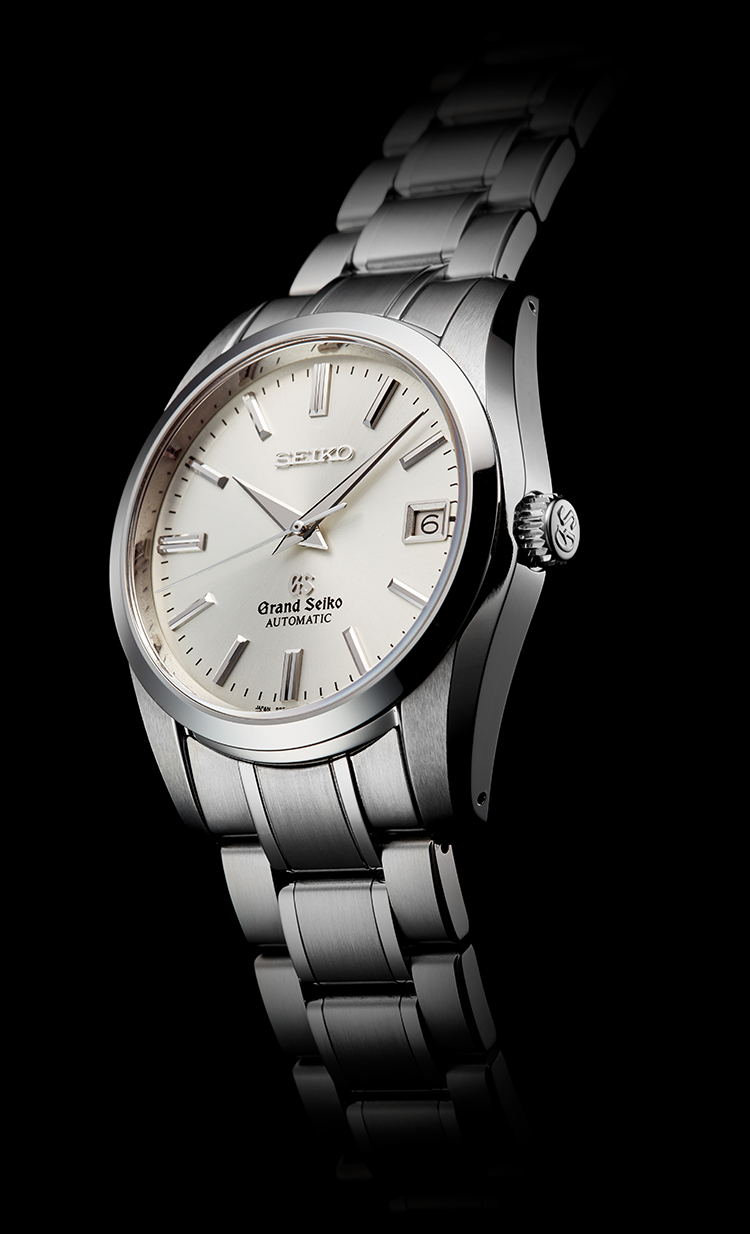
SBGR001, the first Grand Seiko watch to showcase the new 9S caliber and the start of a new chapter in the Grand Seiko story. It was released in 1998 and met the new, higher, Grand Seiko precision standard of +5 to -3 seconds a day.
King Seiko, 1971
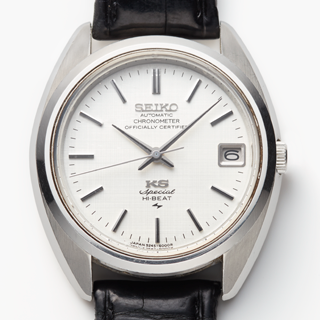
The watch that laid the groundwork for a new generation of mechanical wristwatches.
The King Seiko Chronometer released in 1971. Featuring a 28,800 bph, 8-beat movement, it received chronometer certification from the Japan Chronometer Inspection Institution.
Seiko 4S35, 1992
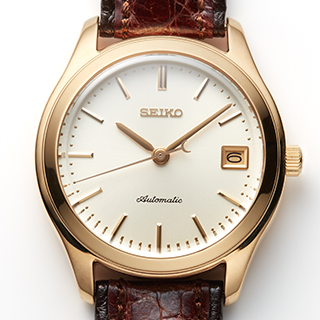
Seiko 4S35, 1992
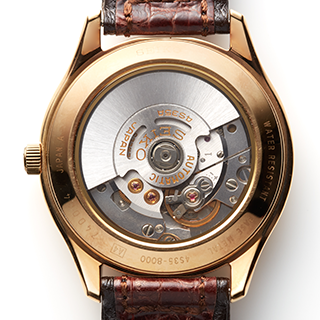
A slim automatic movement that met with wide acclaim and pointed the way forward for the creation of the 9S caliber. It featured a see-through case back through which the elaborate finish was revealed.
Commemorating Seiko's 110th anniversary.
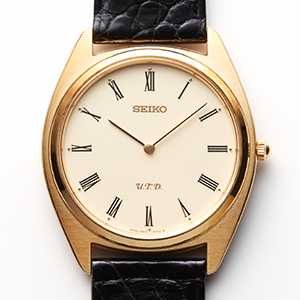
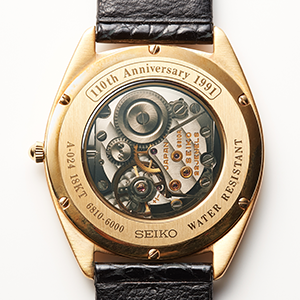
U.T.D. (Ultra Thin Dress), 1992 Carrying a 68-series ultra-thin hand-winding movement, U.T.D. was made to commemorate Seiko's 110th anniversary in 1991. There were versions in both yellow and white gold.
